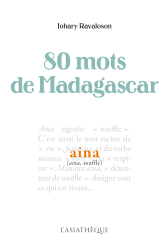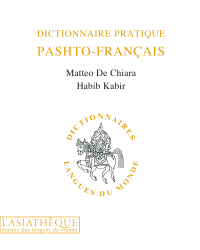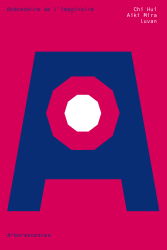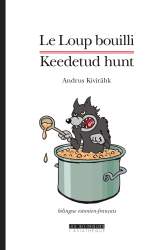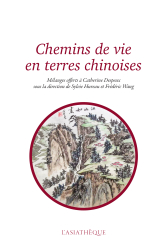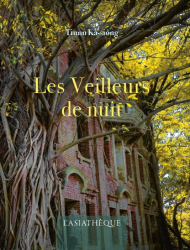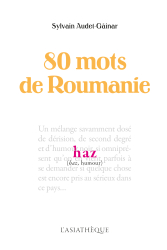Grammaire de l'estonien
Along with Finnish and Hungarian, Estonian is one of the three main Finno-Ugric languages spoken in Europe. It shares with the other languages of this family many features which make it distinguish Indo-European languages: a largely agglutinative morphology based on suffixation, a rich system of declension (14 cases), the absence of article and gender grammatical, the absence of the verb “have”, numerous postpositions, oppositions of length for almost all vowels and consonants, etc. Estonian has developed also some particularities, such as a specific verbal mode to transmit the information reported. By differentiating from Finnish, it lost some of its suffixes, which introduced into its nominal morphology of numerous homonyms and irregularities. From his contacts with German, it inherited in particular a system of phrasal verbs and a tendency to place the verb at the end of a clause in certain contexts. All this grammatical complexity is presented here in a methodical way, in a language accessible to as many people as possible. The presentation is illustrated by short constructed sentences and authentic examples — taken from literary works of the 20th and 21st centuries - which allow us to glimpse all the richness expressive of the language.
CONTRIBUTORS' BIOGRAPHIES
Antoine Chalvin
Antoine Chalvin (born January 3, 1966 in Orange) is a university professor, specializing in Estonian and Finnish languages and literatures at the National Institute of Oriental Languages and Civilizations in Paris. He is responsible for the Estonian Studies section and is a translator from Estonian into French.




